What Is Silage and Why Is It Essential for Livestock Farmers?
Type of silage plays a crucial role in modern livestock farming, as it offers a reliable and nutritious feed option year-round. Silage is fermented, high-moisture fodder stored in airtight conditions to preserve its nutritional value. Farmers rely on silage to maintain a steady feed supply, especially during winter or dry seasons when fresh forage is scarce.
The primary advantage of silage is its ability to retain essential nutrients while preventing spoilage. Compared to dry hay, silage offers higher digestibility and energy content, making it an excellent choice for dairy cows, beef cattle, and other ruminants. Additionally, it minimizes feed wastage and ensures consistent growth and milk production in livestock.
How Silage Is Made: The Fermentation Process Explained
Silage production involves a controlled fermentation process where fresh forage is compacted and stored without oxygen. As a result, this anaerobic environment encourages beneficial bacteria to convert plant sugars into lactic acid, which preserves the feed and prevents spoilage.
The key steps in silage-making include:
- Harvesting: Forage is cut at the right stage of maturity to maximize nutritional content.
- Chopping and Packing: The harvested material is chopped into small pieces and tightly packed into silos, pits, or plastic-wrapped bales.
Learn more about: Probiotic Supplement for Livestock
- Sealing: The stored forage is covered with airtight plastic to maintain anaerobic conditions.
- Fermentation: Over several weeks, natural bacteria ferment the sugars, lowering pH levels and preserving the silage.
Proper handling at each stage ensures high-quality silage with minimal losses.
The Main Types of Silage: Which One Is Best for Your Farm?
Choosing the right type of silage depends on your livestock’s dietary needs, available crops, and storage facilities. Generally, the four most common types include:
- Corn silage: High in energy, suitable for dairy and beef cattle.
- Grass silage: Rich in fiber and widely used in temperate regions.
Learn more about: What Is TMR Silage and Why Is It a Smart Choice for Livestock Feed?
- Legume silage: Protein-rich and ideal for supplementing rations.
- Whole-crop cereal silage: A balanced option for mixed feeding programs.
Each type offers unique benefits, and many farmers use a combination in order to optimize livestock nutrition.
Corn Silage: A High-Energy Feed for Dairy and Beef Cattle
Corn silage is a favorite among dairy and beef farmers due to its high starch and digestible fiber content. This type of silage provides sustained energy, improving milk yield in dairy cows and weight gain in beef cattle.
To produce quality corn silage:
Learn more about: Get the Best Value: Ready-Made Feed for Livestock, Poultry & Aquaculture
- Harvest at the right stage (when kernels are at half-milk line maturity).
- Chop finely for better compaction and digestion.
- Store in well-sealed silos to prevent spoilage.
Grass Silage: A Versatile and Nutrient-Rich Option
Grass silage is made from ryegrass, fescue, or other perennial grasses. It offers a good balance of energy and fiber, thus promoting healthy rumen function.
Learn more about: Livestock Feed Suppliers: Your Source for Premium Animal Nutrition
To maximize quality:
- Cut at the boot stage before seed heads form.
- Wilt to 30-40% dry matter before ensiling.
- Use additives if needed to enhance fermentation.
Legume Silage: A Protein-Packed Choice for Livestock
Legume silage, such as alfalfa or clover, is prized for its high protein and mineral content. This means that it supports muscle growth and milk production but requires careful handling due to its lower sugar content and higher buffering capacity.
Best practices include:
Learn more about: Top Tips for Picking the Best Livestock Probiotic Supplier
- Harvesting at early bloom for optimal protein levels.
- Mixing with grass to improve fermentation.
- Ensiling quickly to avoid spoilage.
Whole-Crop Cereal Silage: An Alternative Energy Source
Cereal silage (wheat, barley, oats) offers a balance of fiber and starch, making it an alternative to corn silage. For this reason, it’s particularly useful in mixed rations where farmers need a moderate-energy feed source.
Learn more about: The Key to Healthy Ruminants: Probiotic Supplements
Harvest cereals at the soft-dough stage to ensure the right starch-to-fiber ratio.
Factors That Affect Silage Quality: What Every Farmer Should Know
Silage quality depends on several factors:
- Harvest timing: Too early or late affects nutrient content.
- Moisture level: Ideal range is 30-40% dry matter.
Learn more about: Is Corn Silage Good for Cows? The Pros and Cons Explained
- Compaction: Poor packing leads to oxygen exposure and spoilage.
- Sealing and storage: Proper covering prevents air infiltration and mold growth.
How to Choose the Right Silage for Your Livestock
Selecting silage depends on livestock requirements:
- Dairy cows: High-energy corn silage for milk production.
- Beef cattle: A mix of corn, grass, and whole-crop cereal silage.
- Sheep and goats: Fiber-rich grass and legume silage.
Learn more about: Common Challenges in TMR Silage and How to Solve Them
A balanced feeding strategy enhances animal health and farm profitability.
Common Mistakes in Silage Production and How to Avoid Them
Even experienced farmers make silage mistakes that reduce feed quality. The most common errors include:
- Harvesting at the wrong time: Leads to nutrient loss.
- Inadequate compaction: Results in poor fermentation.
Learn more about: When to Cut Silage: Maximizing Nutritional Value and Yield
- Improper sealing: Allows air exposure and mold growth.
- Ignoring moisture levels: Too wet leads to spoilage; too dry hinders fermentation.
Avoiding these mistakes ensures high-quality silage and maximized feed efficiency.
Conclusion: Making the Most of Silage for a Profitable Farm
Silage is a game-changer for livestock farmers, offering a cost-effective, nutritious, and stable feed source. By choosing the right type of silage and following best practices in production and storage, farmers can boost animal health, productivity, and overall profitability.
What’s your experience with silage? Feel free to share your thoughts and questions in the comments below!


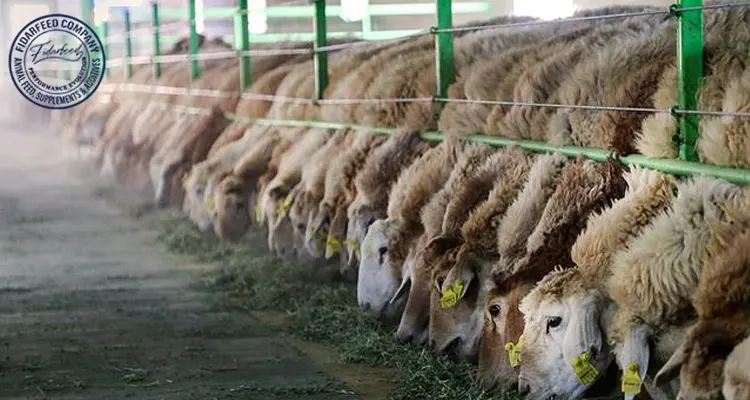

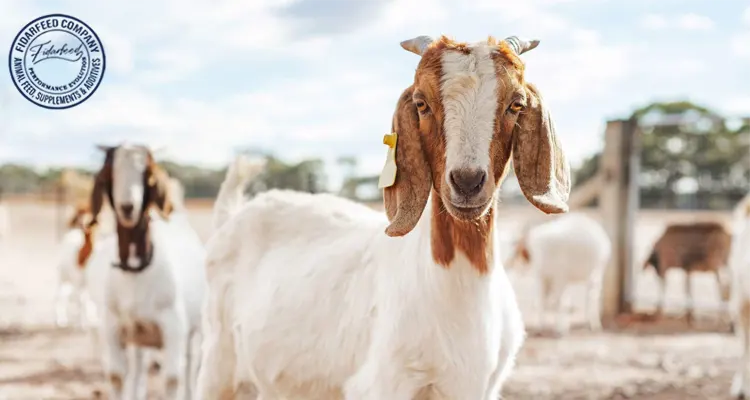
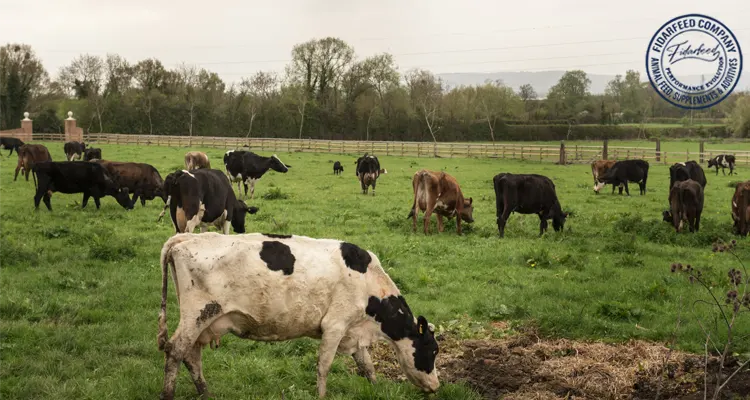
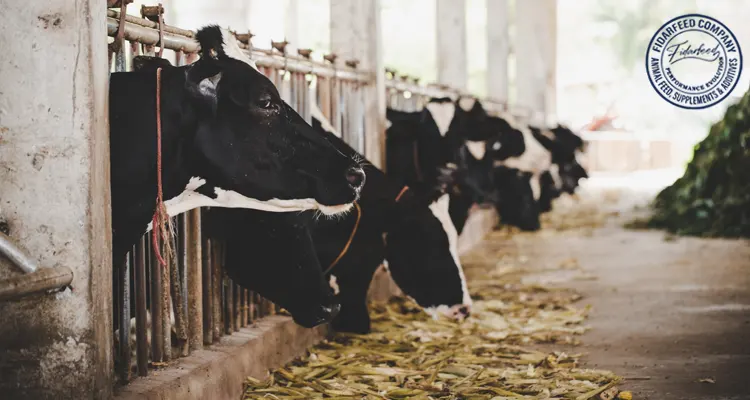
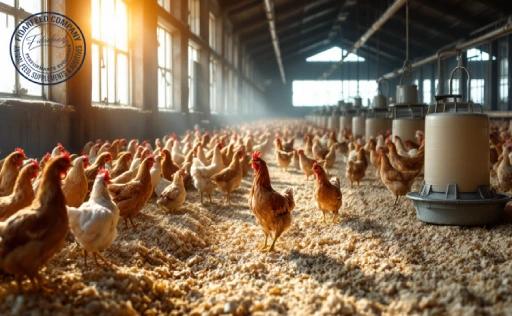

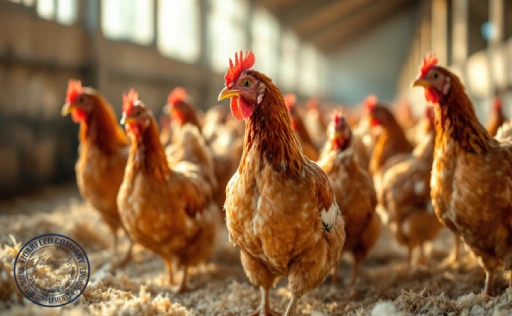
4 Comments. Leave new
My coder is trying to persuade me to move to .net from PHP.
I have always disliked the idea because of the costs. But he’s tryiong none the less.
I’ve been using WordPress on several websites for
about a year and am anxious about switching to another platform.
I have heard excellent things about blogengine.net. Is there a way I can import all my wordpress content into
it? Any help would be really appreciated!
Thanks for your comment! While my focus here is animal feed and farming content, I understand your concern. Migrating from WordPress to another platform like BlogEngine.NET is definitely possible, but you may need some technical help to make sure all content transfers properly. I’d recommend checking their documentation or asking your developer for a step-by-step guide. Wishing you the best with your website!
I am really enjoying the theme/design of your website. Do
you ever run into any browser compatibility problems?
A couple of my blog visitors have complained about my blog not operating correctly in Explorer but looks great in Chrome.
Do you have any tips to help fix this issue?
Thanks for your kind words about the design! I haven’t personally run into browser compatibility issues on my end, but older browsers like Internet Explorer often have trouble with modern web features.
For your site, I recommend:
– Using responsive design with a modern CSS framework like Bootstrap
– Validating your HTML/CSS with tools like W3C Validator
– Encouraging users to use updated browsers like Chrome or Firefox
Hope that helps, and best of luck with your blog